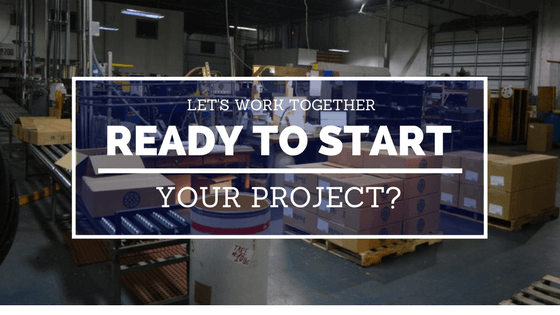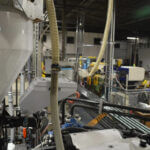Plastic Manufacturing 101
Plastics are a combination so many elements. Some of the most common are hydrogen, carbon, oxygen, chlorine, sulfur and nitrogen. The molecular weight of plastics is also very high. This means that there are thousands of atoms packed together in each plastic piece. Although most plastics are based on carbon atoms, silicones have silicon atoms. 92% of plastics are called thermoplastics. Basically, the carbon atoms connect with the other elements mentioned earlier. When they form long chains, you produce thermoplastics. The chains that make up thermoplastics have small unit cells in the chain that are repeated. The atoms that make up each of these unit cells are called monomers. When you combine different monomers, you produce different kinds of plastic resins. Each of them has distinct properties and characteristics. This is important in knowing what kind of plastic you need for a specific product.Understanding the Need for Additives
Polymers are produced as monomers combine. Sometimes, polymers need additives to create the right kind of plastic. Here are some common additives:- Antimicrobials
- Antioxidants
- Anti-stats
- Colorants
- Flame retardants
- Foaming agents
- Lubricants
- Plasticizers
2 Plastic Types
There are 2 kinds of plastics based on the way you process the materials.1) Thermoset
Thermosets are polymers that cannot go back to their old form once heated. This is the perfect plastic if you need strength and durability. Tires are a perfect example of thermosets. Polyurethanes are unsaturated polyesters are thermosets. Also included in this category are epoxies and phenol formaldehyde.2) Thermoplastic
Thermoplastics are softer than thermosets. They soften when you expose them to heat. Once they cool down, they go back to their original state. Thermoplastics have a lot of uses because of their versatility. One common use would be food packaging, like drink bottles and milk jugs. Making plastic parts is a complicated process. There are so many different aspects to understand and look into. But once you understand them all, it is easier to create the kind of parts you need.Have a plastic part concept you want to see become a reality? Speak with our team today.




